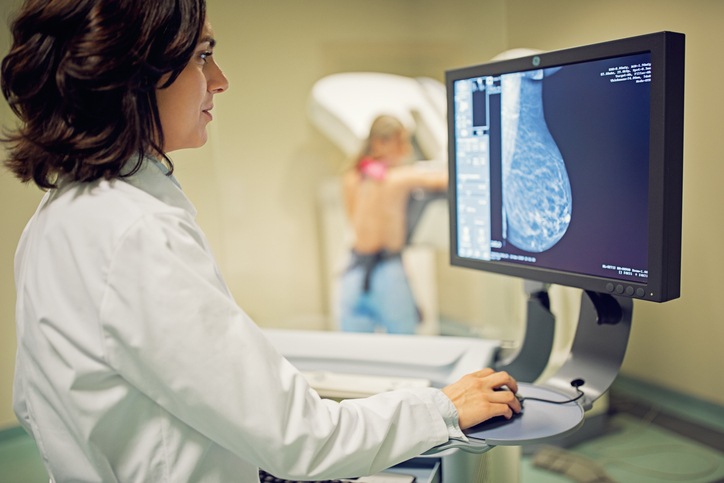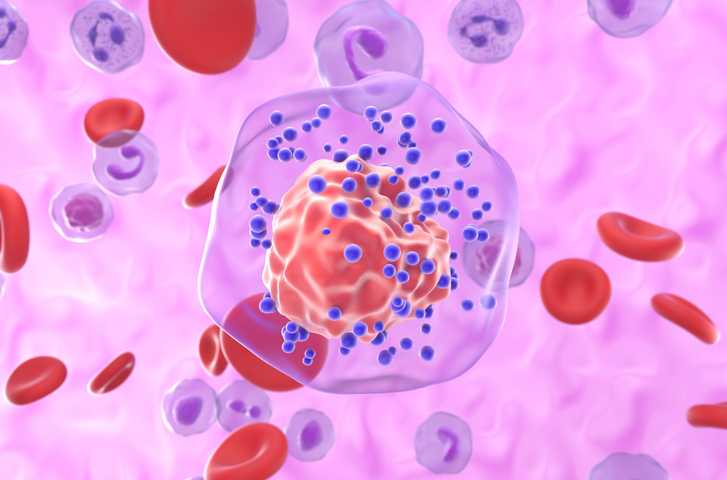
A study examined the impact of the COVID-19 pandemic on breast cancer screenings, finding a significant drop in screenings at the onset of the pandemic, and assessed the lasting effects on screenings.
The study spanned seven academic and community breast imaging facilities in North Carolina. Women aged ≥18 years who received a screening mammogram, diagnostic mammogram, or breast biopsy between January 1, 2019, and September 30, 2020, were eligible for inclusion. The authors assessed changes in the number of mammography or breast biopsy examinations that took place after March 3, when North Carolina had its first diagnosed COVID-19 case, comparing the real numbers versus what would be expected per trends from the study period preceding the first case.
Final analysis consisted of 39,444 women. The number of examinations after the start of the pandemic was lower than expected, with the most significant decrease in March 2020 for screening mammography (−85.1%; 95% confidence interval [CI], −100% to −70.0%) and diagnostic mammography (−48.9%; 95% CI, −71.7% to −26.2%) and in May 2020 for biopsies (−40.9%; 95% CI, −57.6% to −24.3%). Slowly, the drop in screenings decreased. By July 2020, observed and expected numbers were similar for diagnostic mammography, and by August 2020 for screening mammography and biopsy. Women receiving care had a greater predicted risk for breast cancer a few months following the start of the pandemic (screening mammography, P<0.001) and they were more likely to not have insurance (diagnostic mammography, P<0.001; biopsy, P<0.001) when compared to the population before the pandemic.
The study was published in Cancer.
“Pandemic‐associated deficits in the number of breast examinations decreased over time. Utilization differed by breast cancer risk and insurance status, but not by age or race/ethnicity. Long‐term studies are needed to clarify the contribution of these trends to breast cancer disparities,” the researchers wrote in their conclusion.
Studies have also found that patients with cancer have been experiencing delays and interruptions in cancer care and treatment as a result of the pandemic.







 © 2025 Mashup Media, LLC, a Formedics Property. All Rights Reserved.
© 2025 Mashup Media, LLC, a Formedics Property. All Rights Reserved.